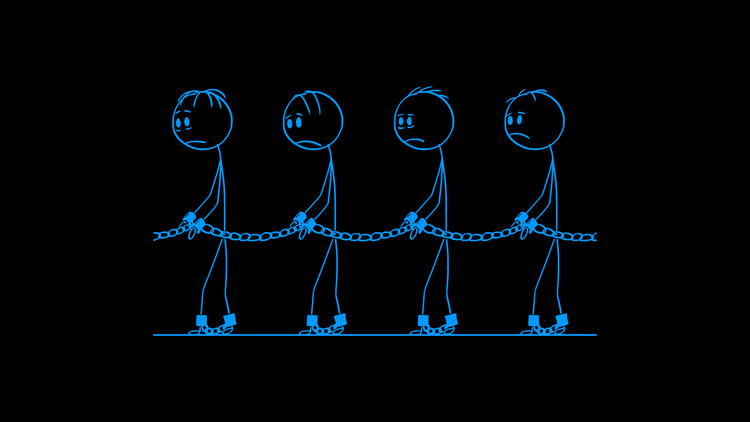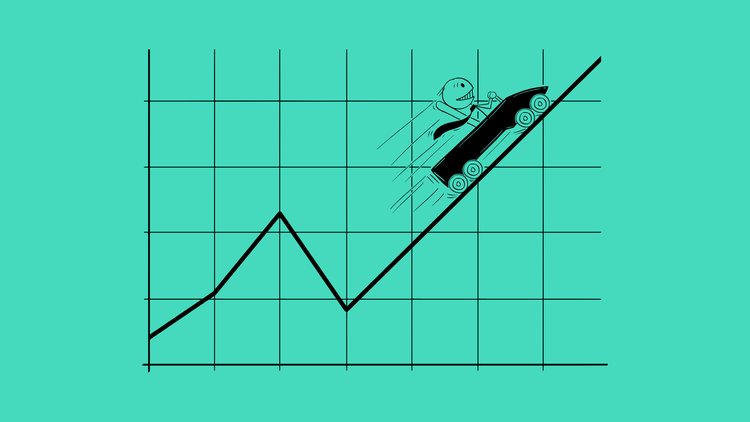Unions Continue Losing Power
Last year, I wrote about the diminishing power of organized labor:
In 1983, the Union membership rate in the United States was 20.1%. By 2021, it had halved to 10.3%. Union membership varies widely across sectors, so the economic effect is not evenly distributed.
With membership rates hovering around 33%, millions of local government employees in EveryTown USA — firefighters, police officers, and teachers — have fully embraced collective bargaining. This strategy has increased pay, job security, and benefits (especially healthcare).
The public sector is strongly Union, but the well runs dry in the much-vaunted free market. Private sector rates — 6% — are an astonishing four-fifths lower than their public sector counterparts.
Further declines in 2022
On Thursday, despite some notable successes unionizing workers at Amazon and elsewhere, the Labor Department reported further union decline: 10.1% of wage and salary workers were union members in 2022. The whole DoL report is worth reading.
WSJ summarizes:
Union membership grew by 273,000 last year to 14.3 million, a rise of 1.9%. But the overall labor force grew by 5.3 million, or 3.9%, the department said.
Unions remain the exception in most private-sector workplaces. About 7.2 million private-sector workers, or about 6% of the 120.36 million private-sector workforce, were represented by unions last year, the Labor Department said. That compared with about 7.1 million public-sector union members, or 33.1% of the 21.32 million public-sector workforce.





